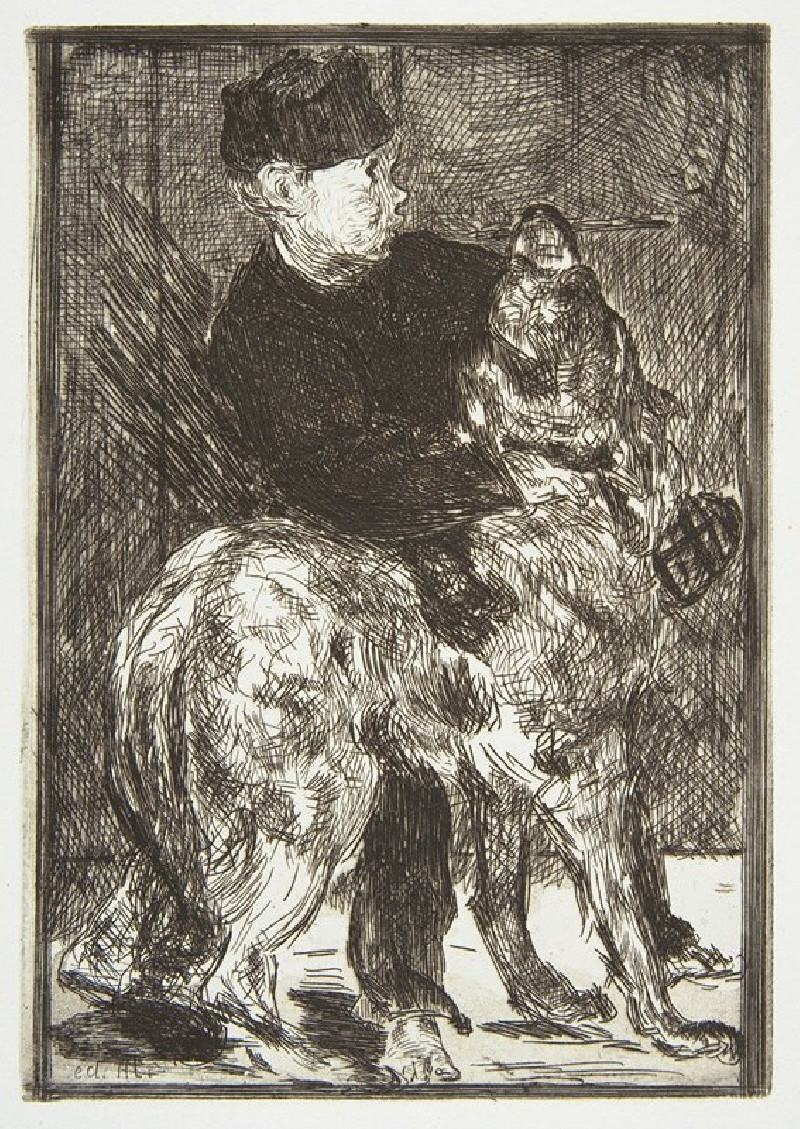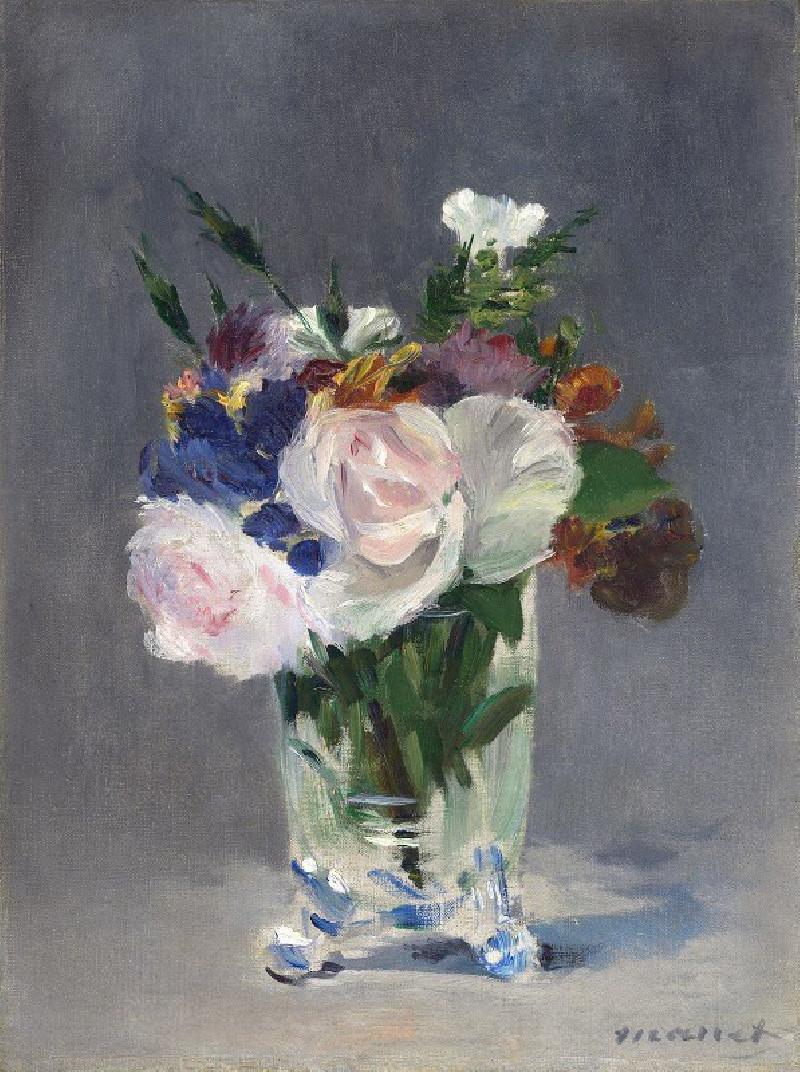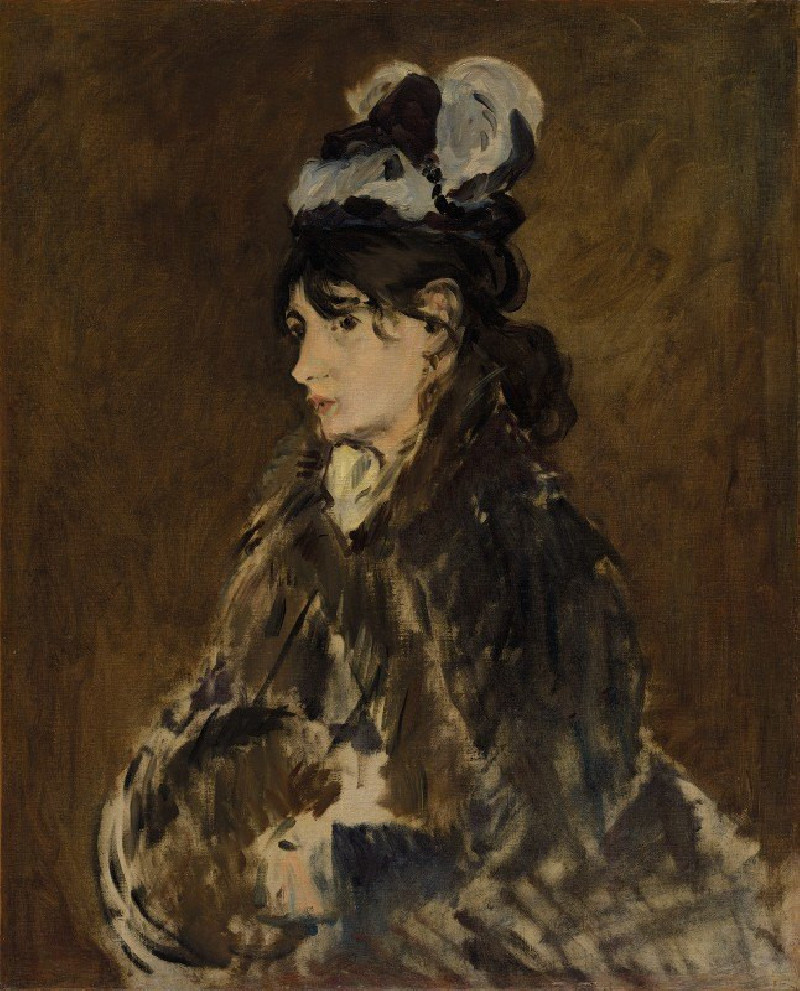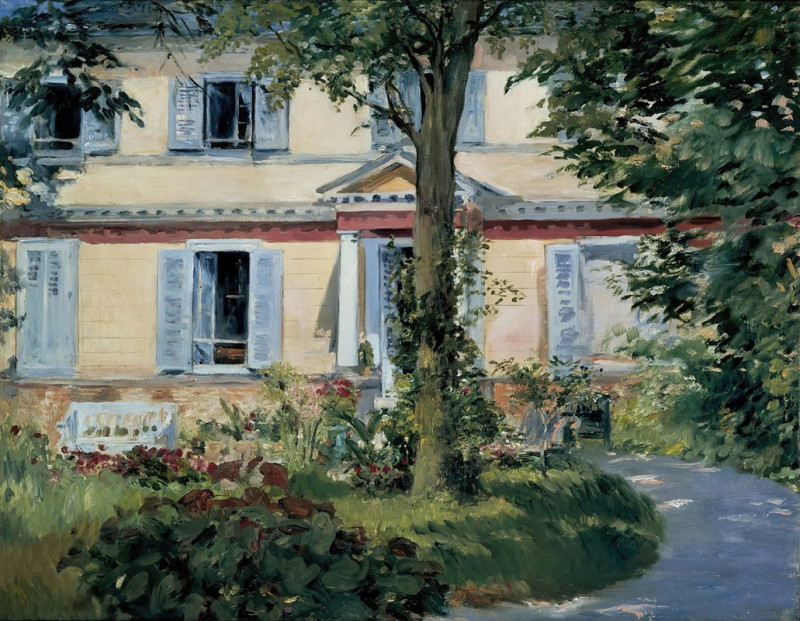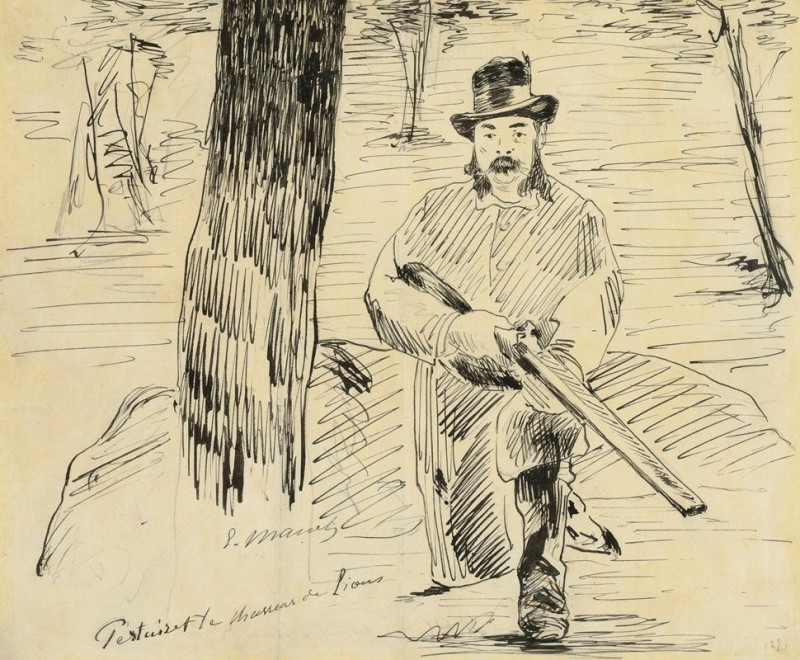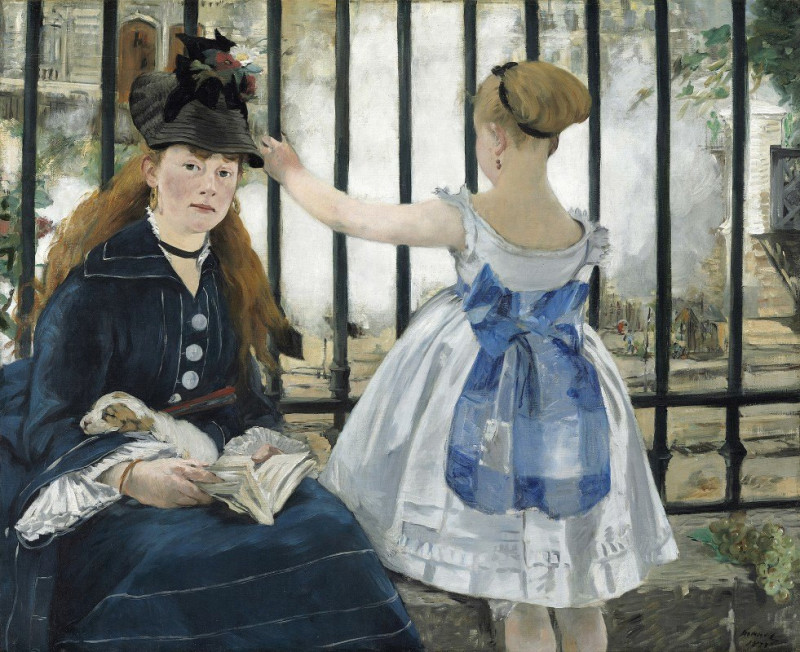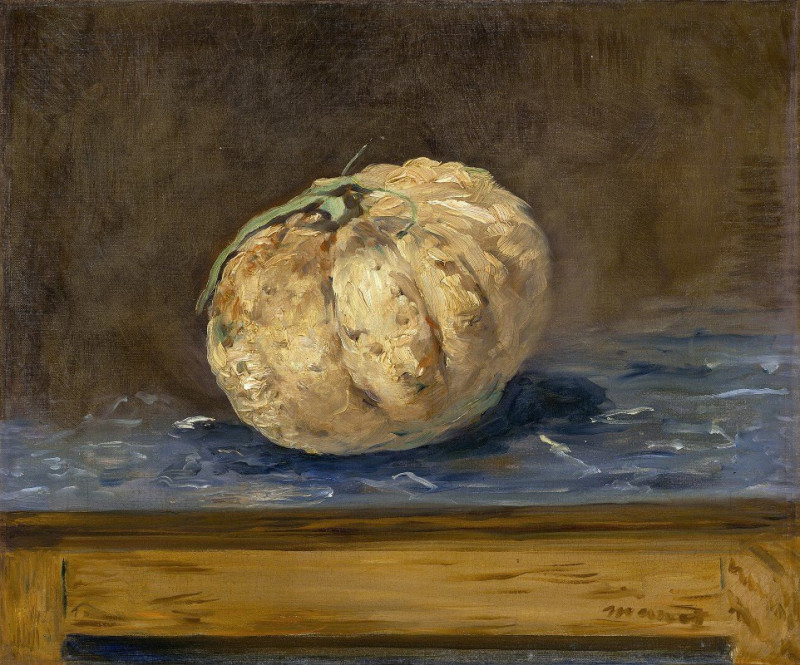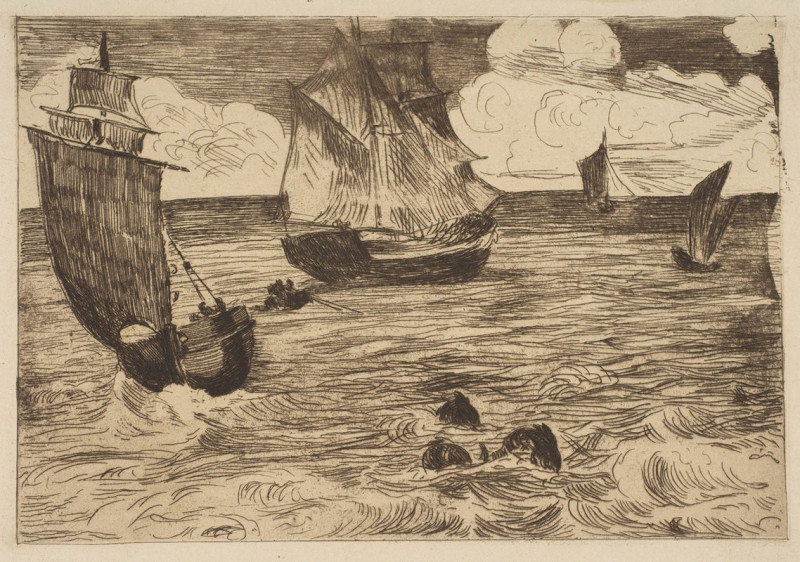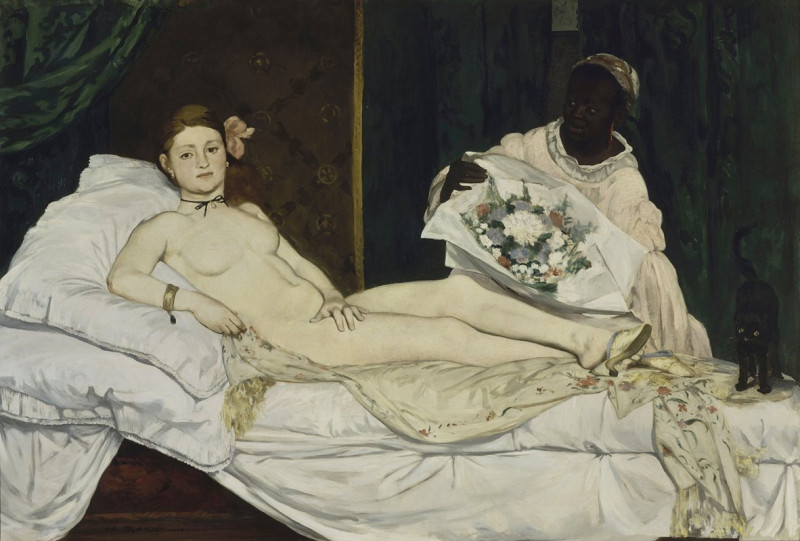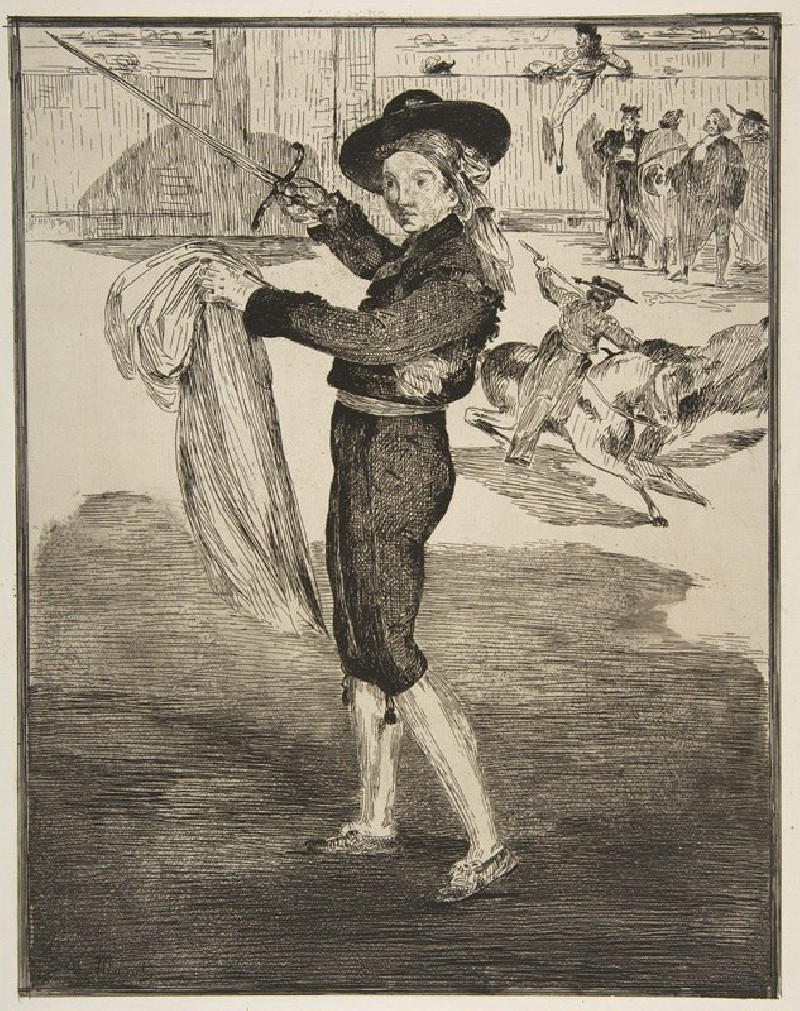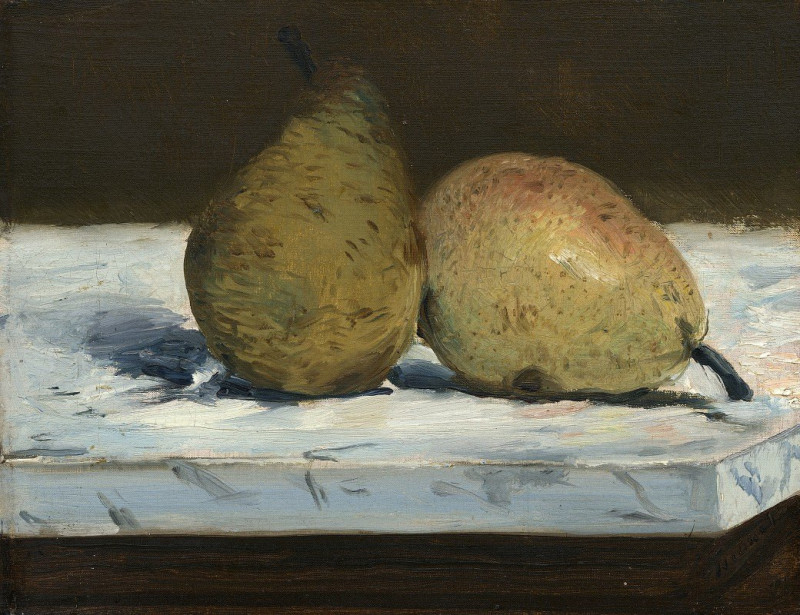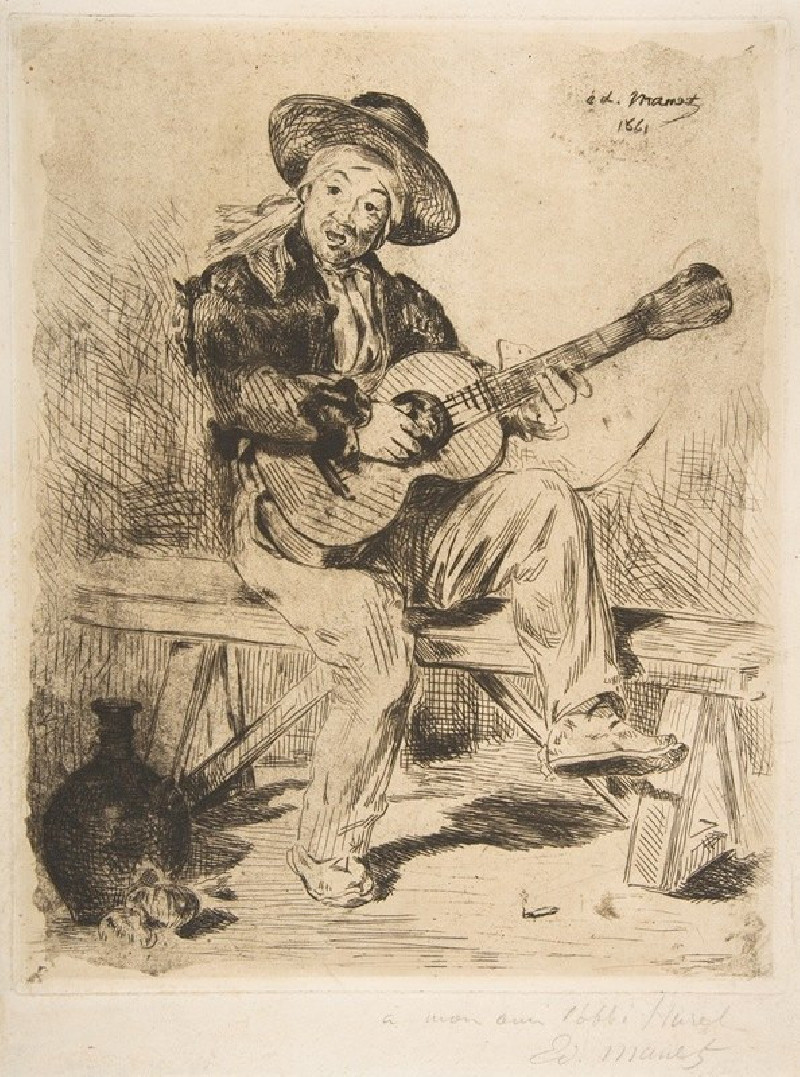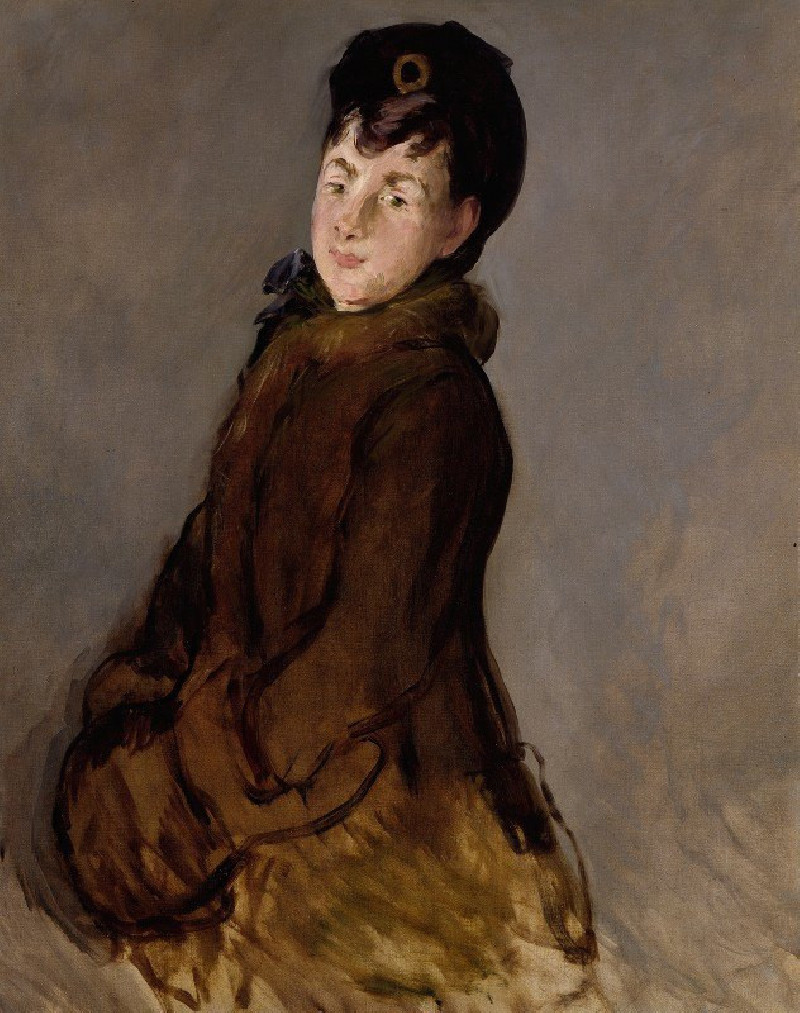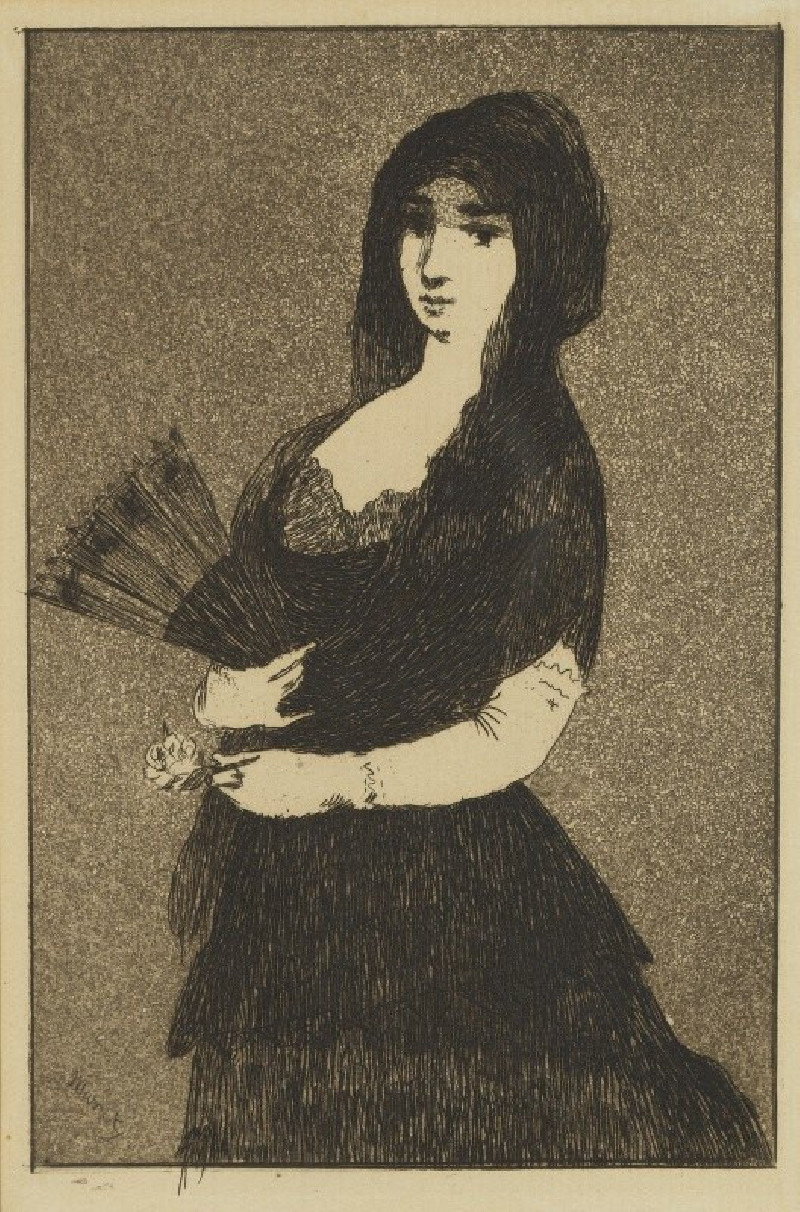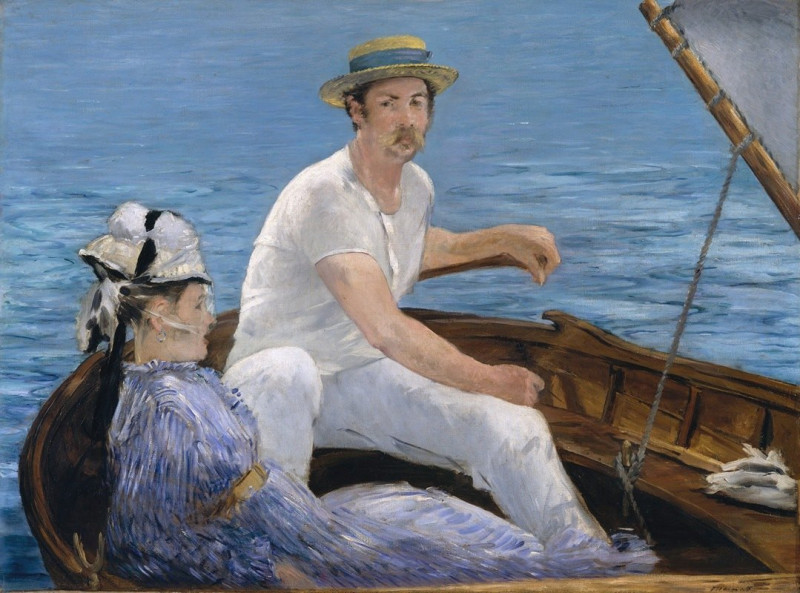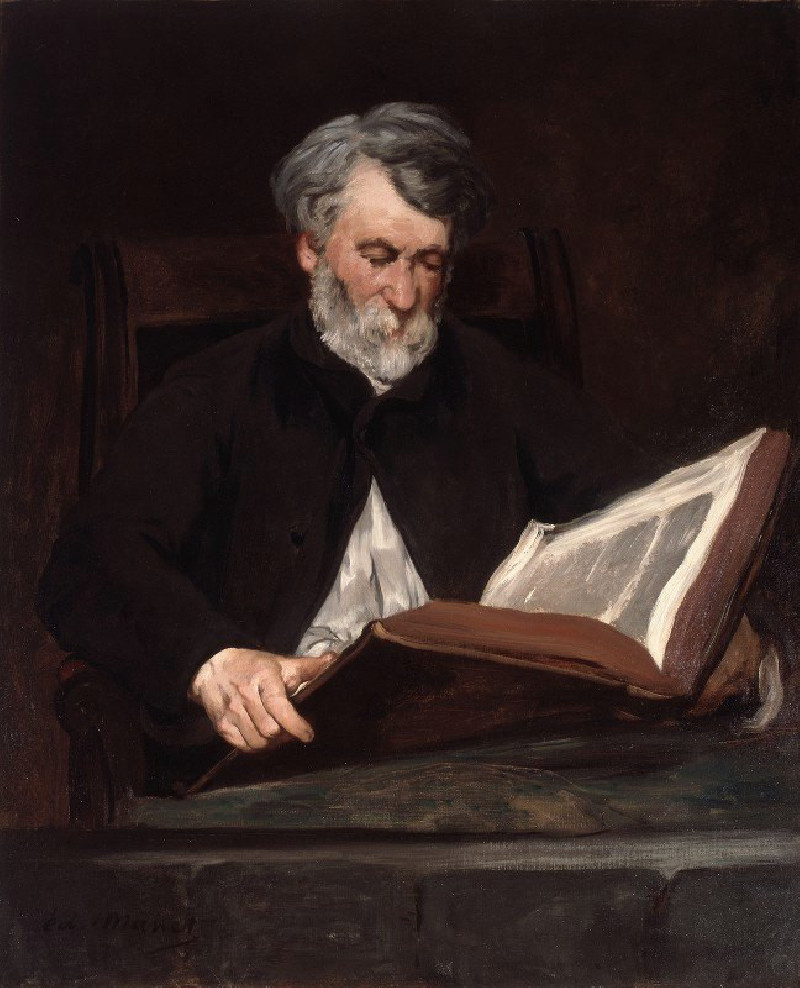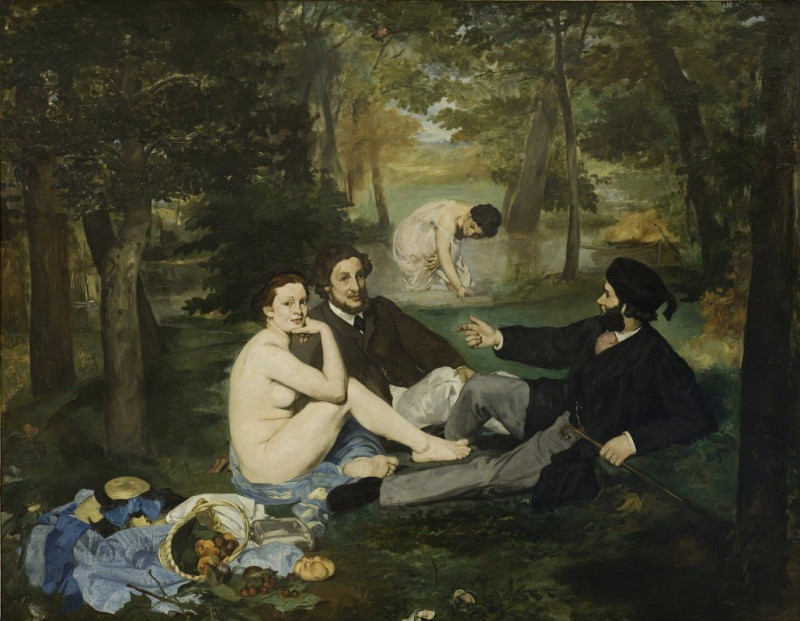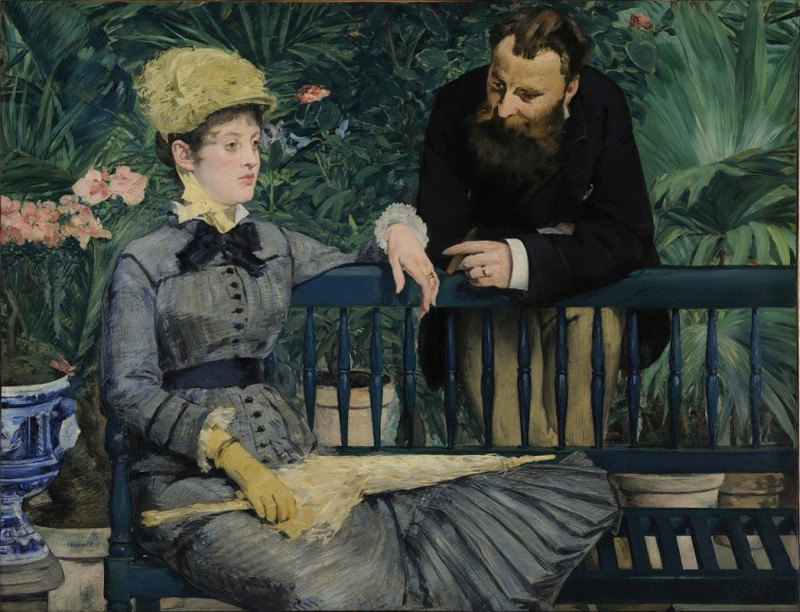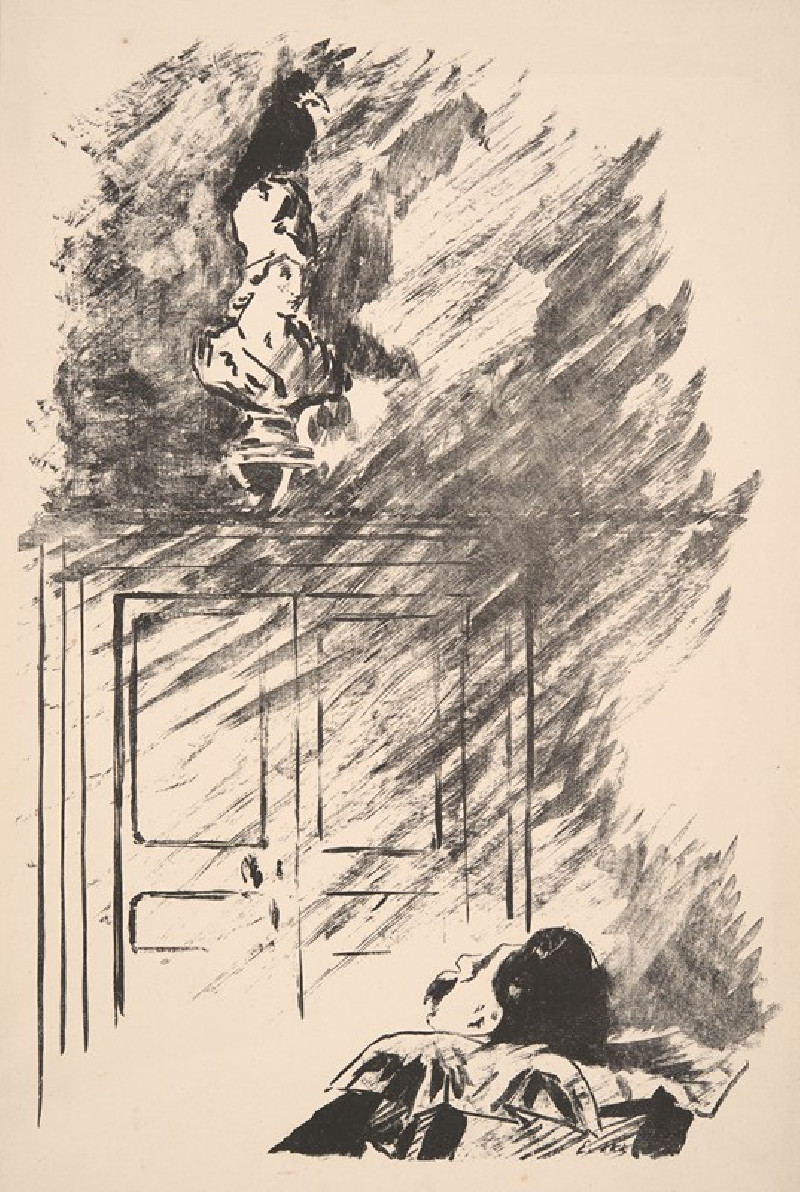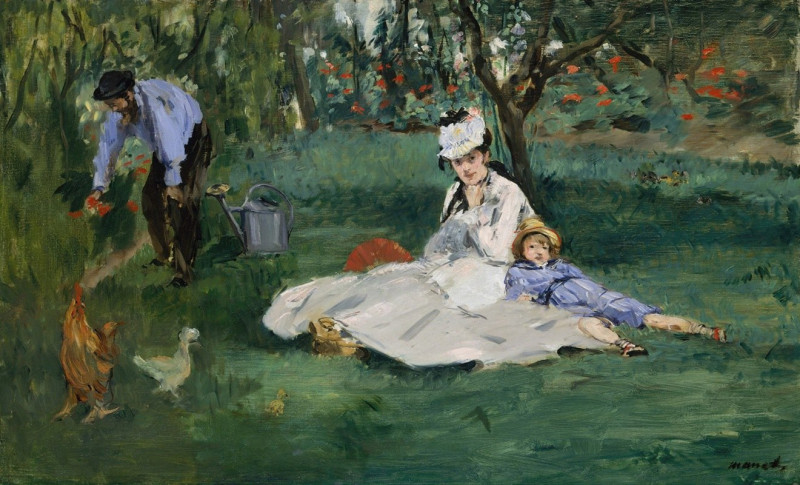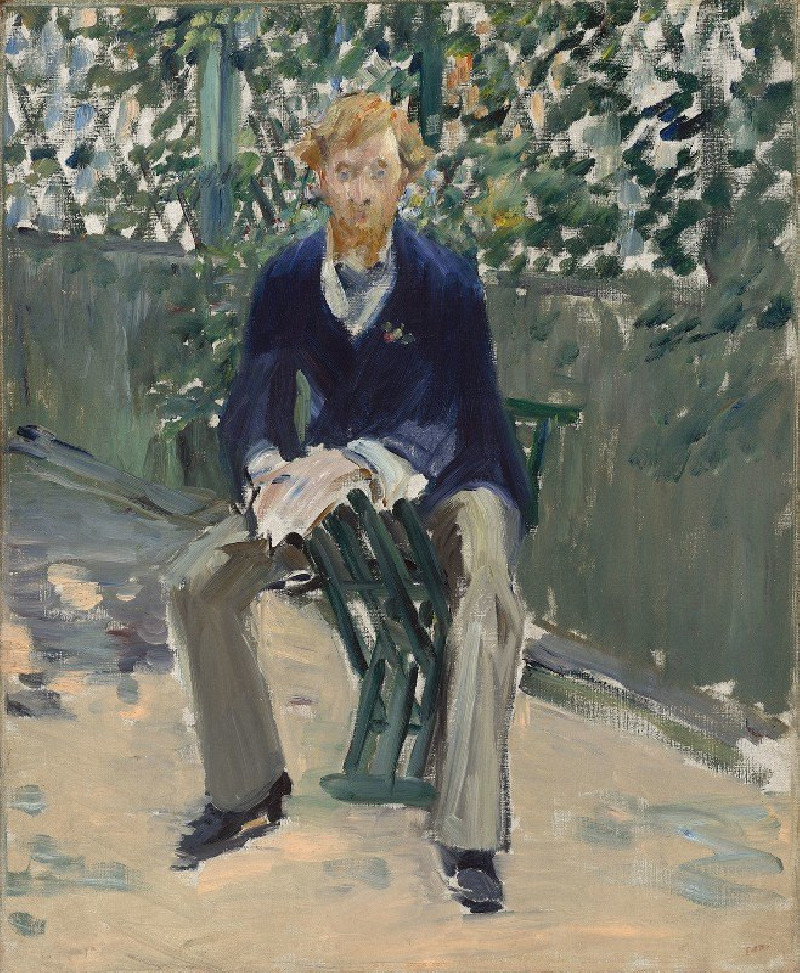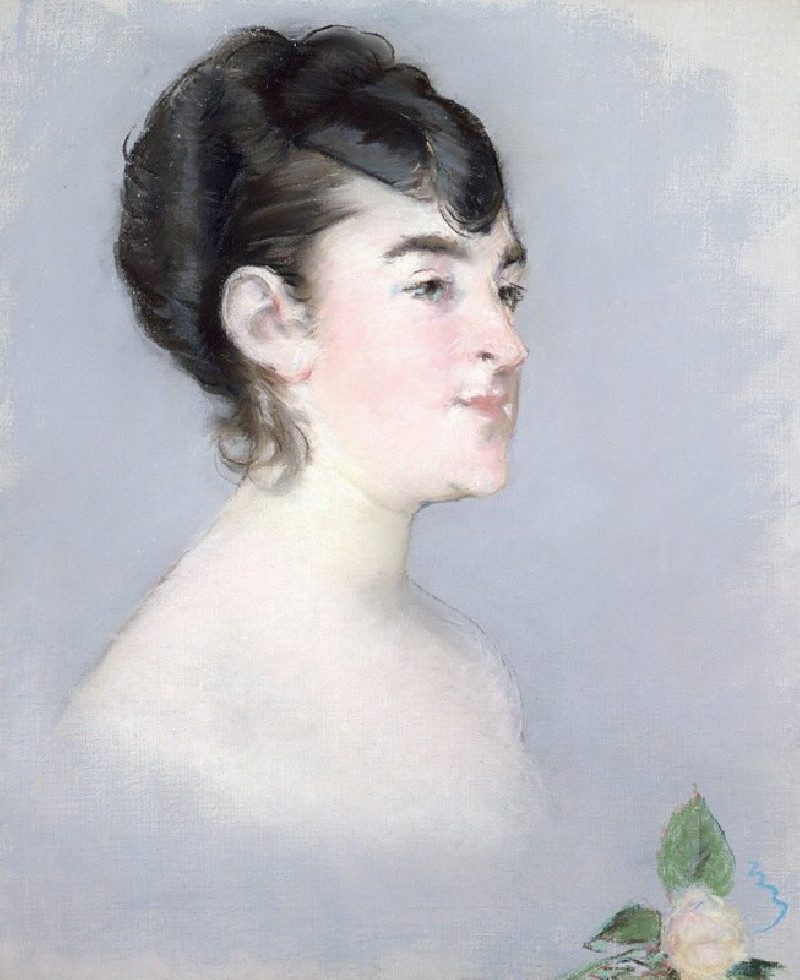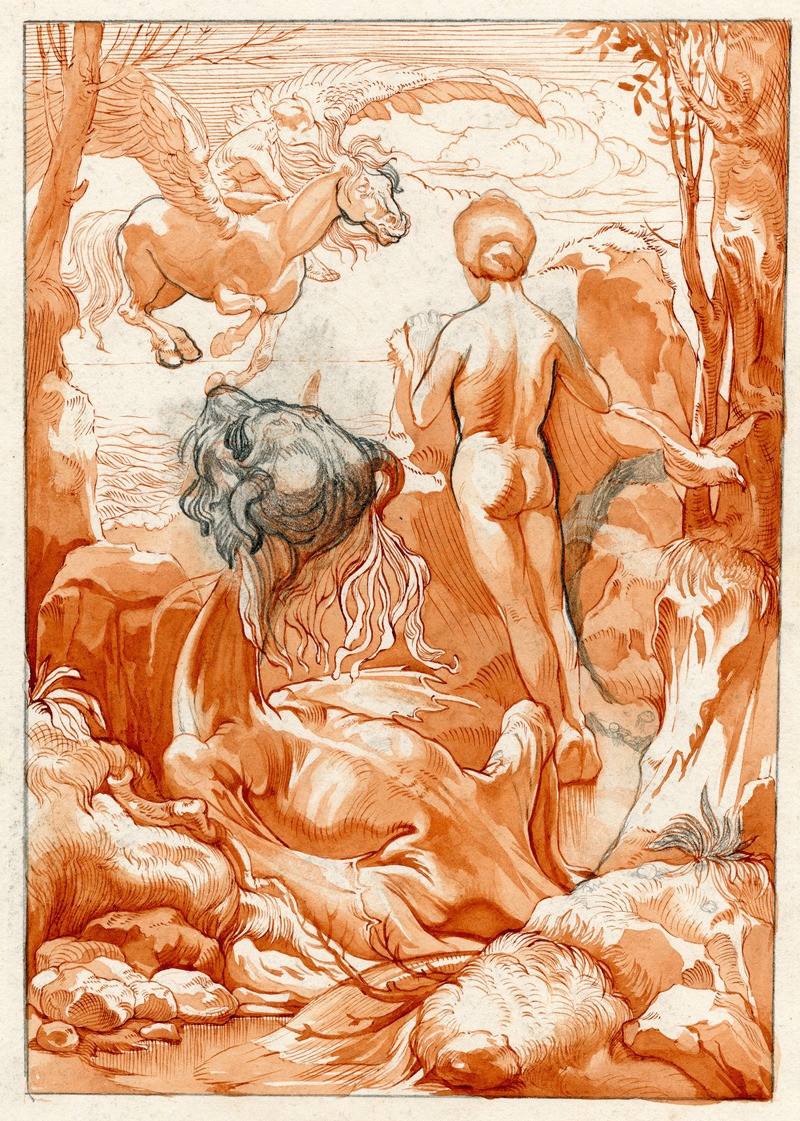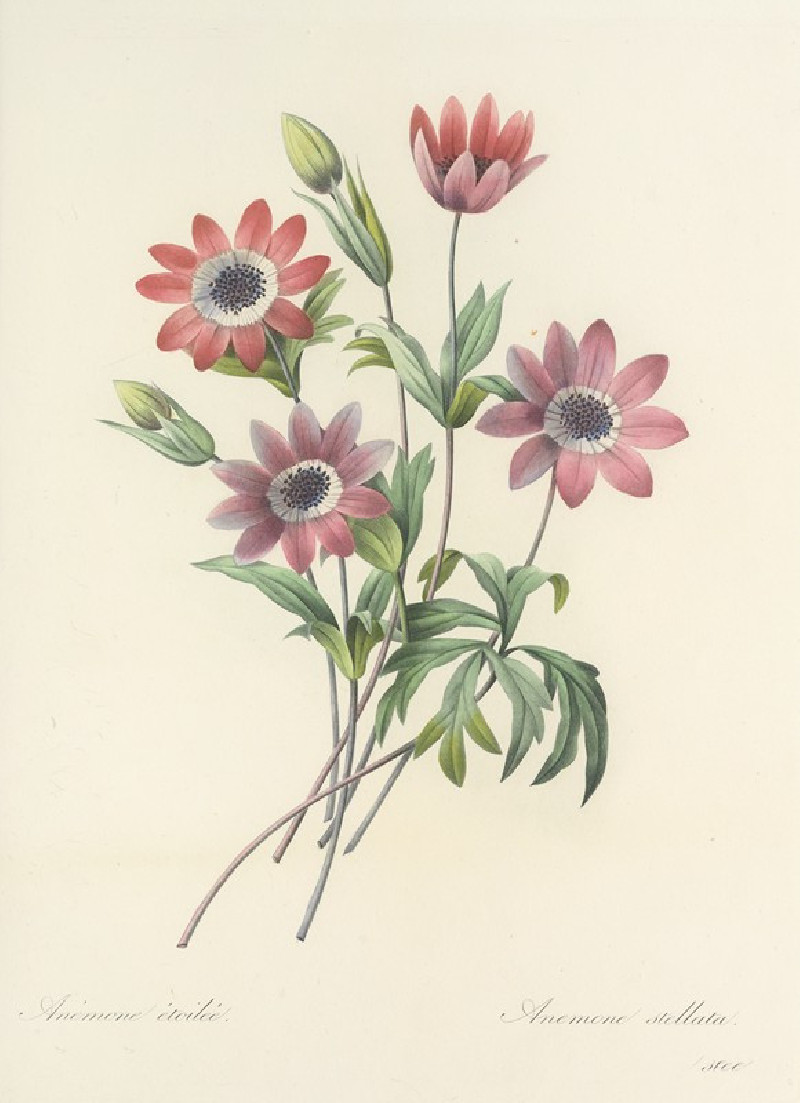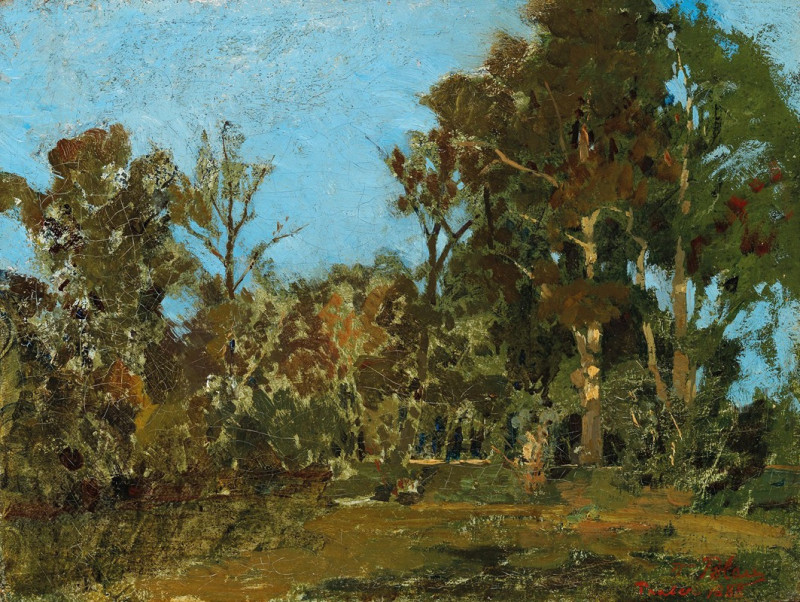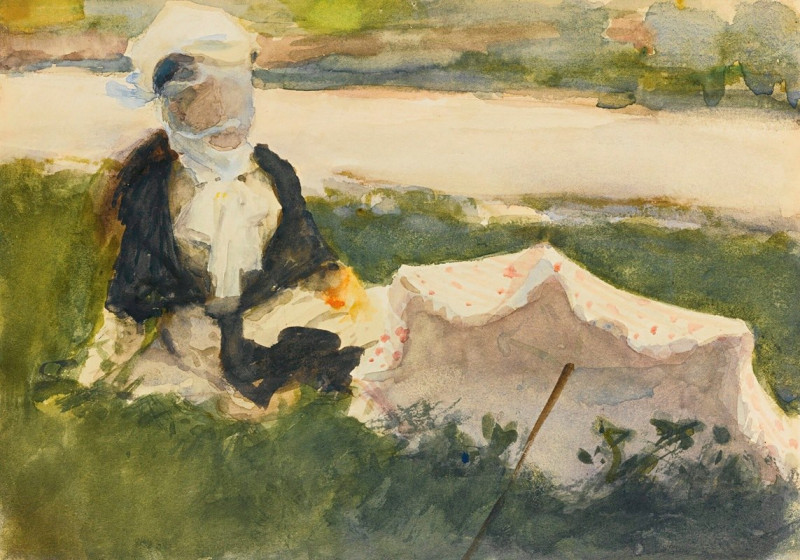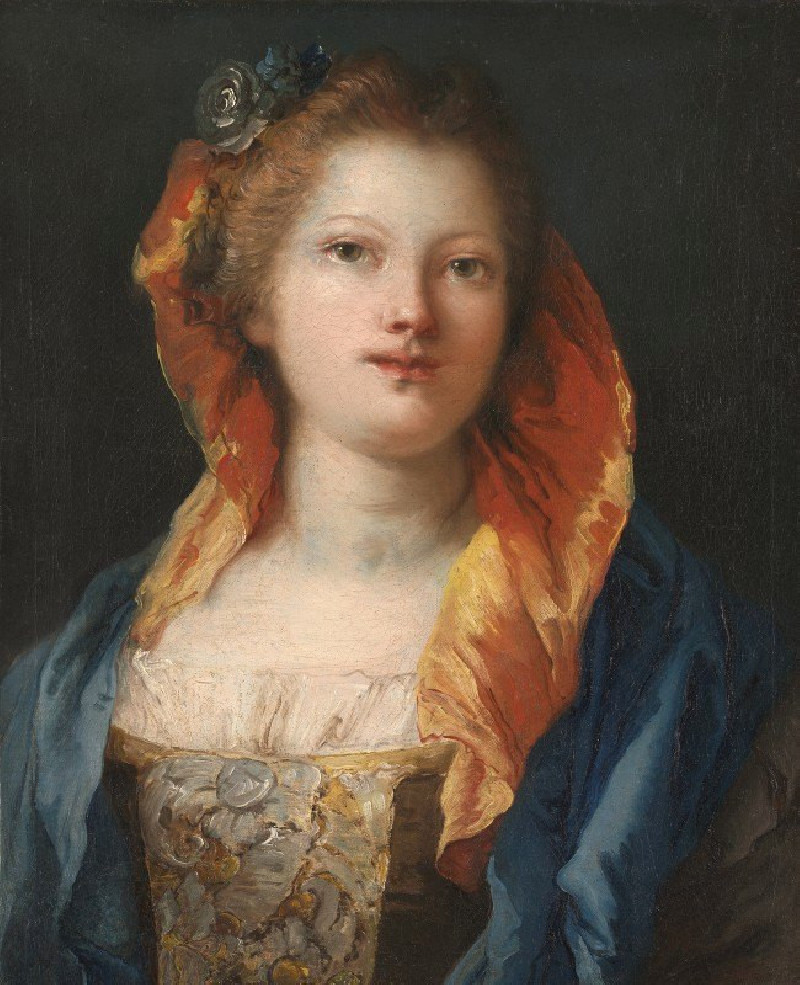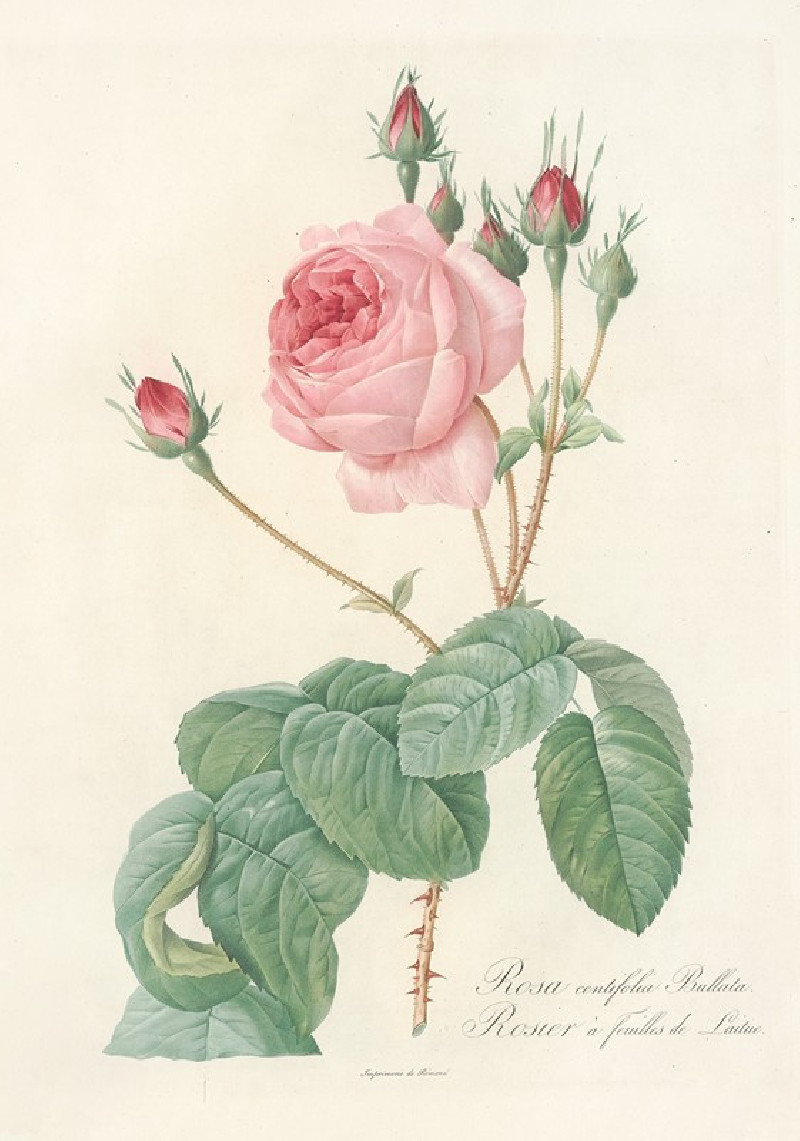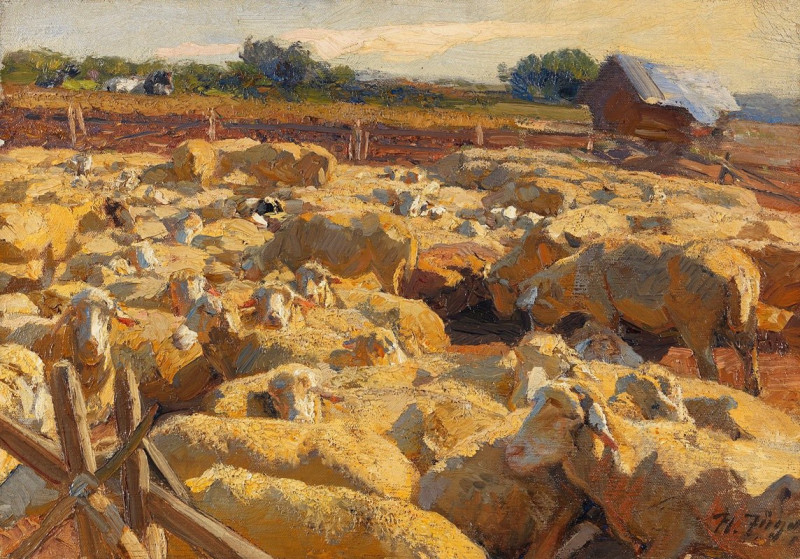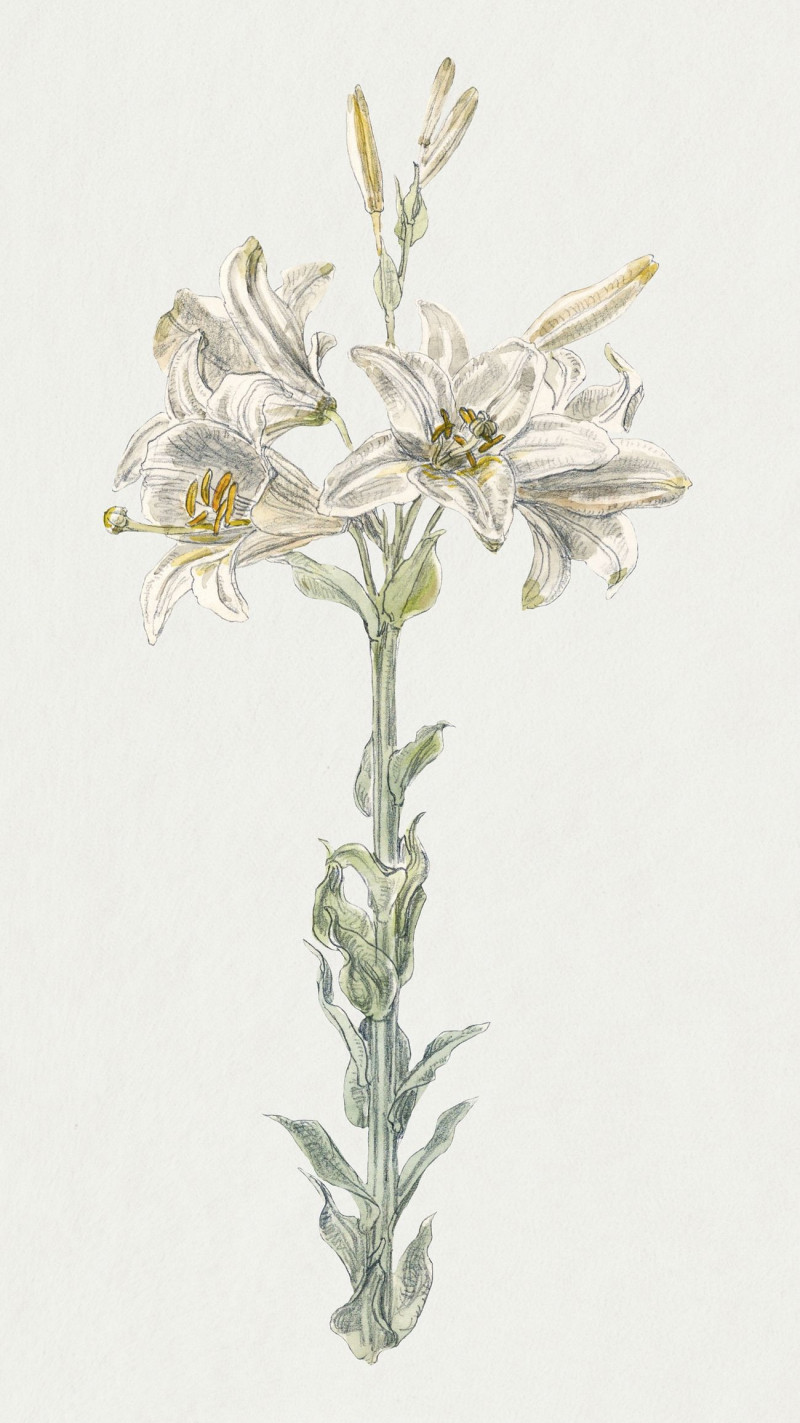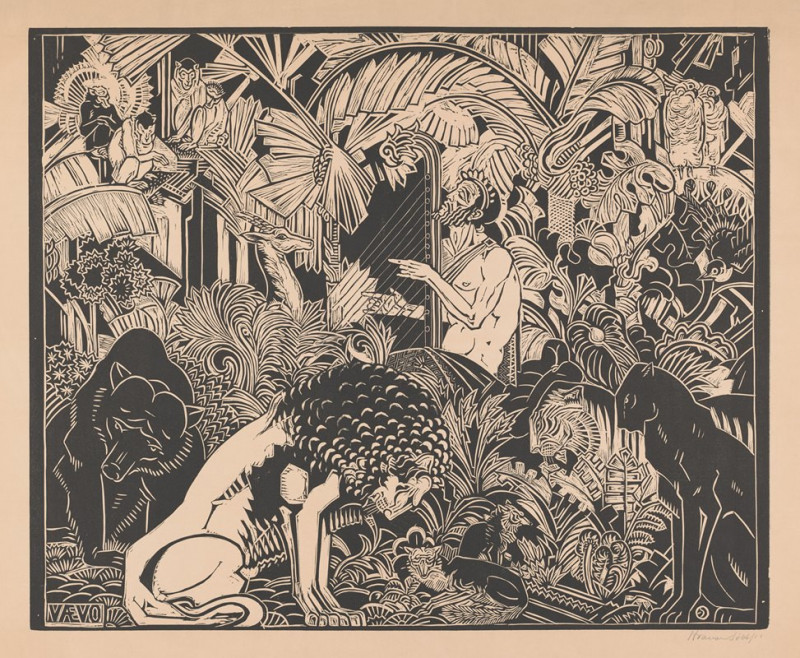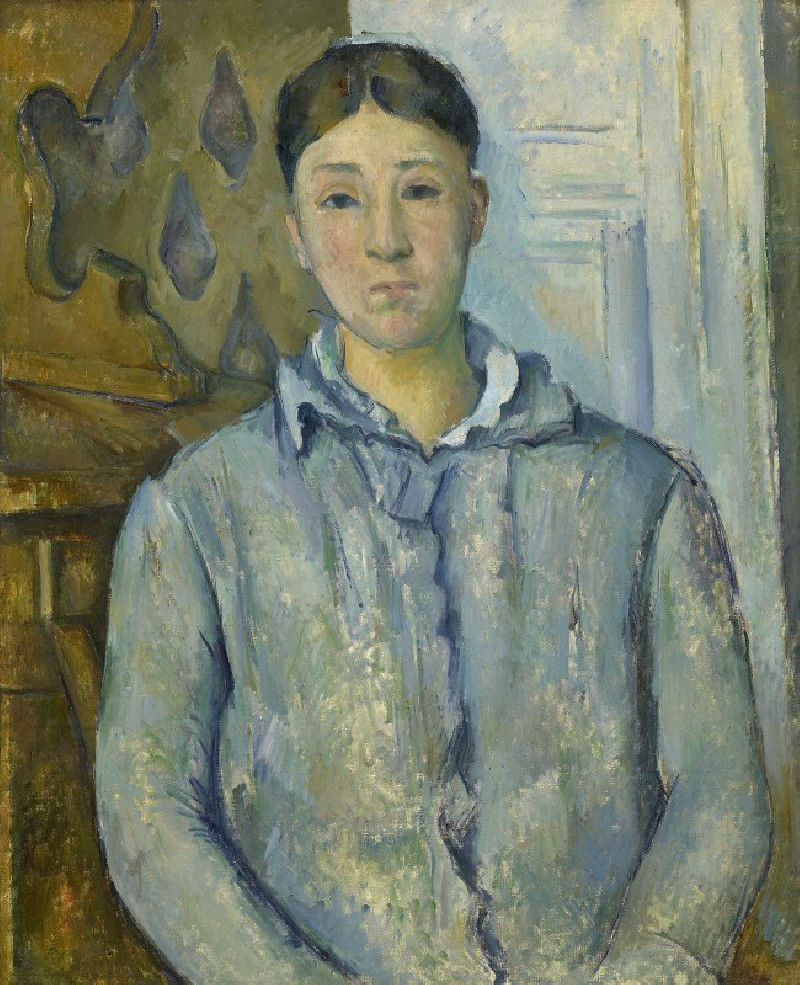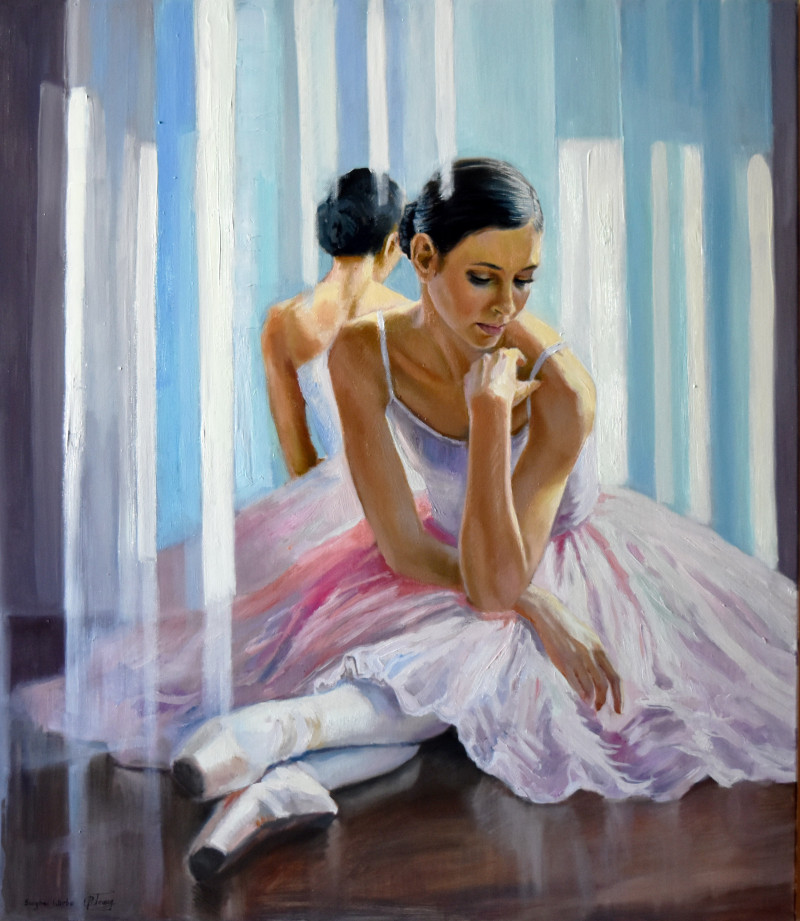Boy and Dog (1862)
Technique: Giclée quality print
Recommended by our customers
More about this artwork
Édouard Manet, a pivotal figure in the transition from Realism to Impressionism, created the evocative etching "Boy and Dog" in 1862. This artwork beautifully captures a moment between a young boy and his large, faithful dog, rendered with Manet's characteristic loose and expressive line work.The scene is intimate and filled with motion; the boy, dressed in a dark jacket and a cap, appears engaged in a light moment with the dog, whose fur is skillfully etched to portray a lively, shimmering texture. The background, though sparse and sketchily detailed, suggests this interaction takes place in a casual, everyday setting, perhaps near a simple dwelling or in a yard.Manet's treatment of the subjects emphasizes their relationship and the loyalty and companionship that dogs often provide. The affectionate posture of the dog leaning towards the boy enhances the sentimentality of this composition, inviting viewers to reflect on their own moments of similar interaction with pets."Boy and Dog" not only stands out as a work of art for its technical mastery but also for capturing a universal human experience - the special bond between humans and their animal companions.
Delivery
Returns
Édouard Manet (1832–1883) was a French modernist painter and one of the first 19th century artists to paint modern life. His impressionist style is characterized by relatively small and thin brushstrokes that create emphasis on light depiction. Manet was one of the key artists in the transition from realism to impressionism, along with Claude Monet, Edgar Degas, and Pierre-Auguste Renoir. However, he resisted involvement in any one specific style of painting, and only presented his work to the Salon of Paris instead of impressionist exhibitions. His early masterworks, The Luncheon on the Grass and Olympia, created great controversy and served as a rallying point for other young painters.

